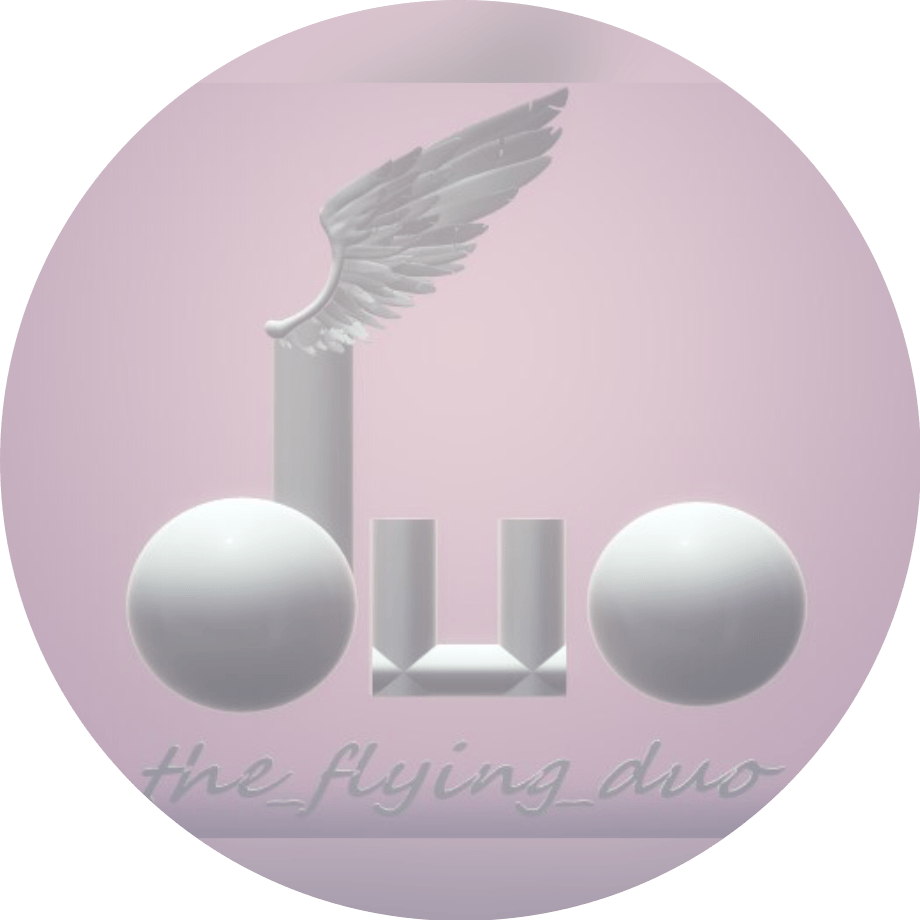Ho Chi Minh City (Saigon)
Ho Chi Minh City (HCMC) is the largest city of Vietnam. Formerly known as Saigon, it used to be the capital of South Vietnam. Being the economic capital, it has plenty of sky scrapers and corporate buildings. You can find HCMC well connected to all parts of Vietnam by road, rail and airways. You can come here directly from Hanoi or as you travel southwards. The South Vietnam is very different to the North and Central due to historical reasons both in culture and food. HCMC is an important city in the history of Vietnam. Consequentially, there are more museums reflecting on the history of Vietnam here than any other city. It is quite developed with good network of public transport specially buses. You can take a bus from the airport to your hotel in city centre and vice versa.

District 1
District 1: District 1 has most of the popular tourists spots and are situated near to each other. The important monuments and locations include Reunification Palace, Opera house, City Hall, City Post Office, City People’s Court, Saigon Skydeck, Notre Dame Cathedral apart from the museums. There are several beautiful parks in this area where you can spend some time. Then you have markets, loads of street food vendors and plenty of cafeterias. There are two very historical hotels functional even today. These hotels were used by Americans during the Viet war. You can rent a bike or even walk to explore all of the above.






Museums
City museum, Ho Chi Minh Museum, War Remnants museum and Women museum. Visit all the above mentioned landmarks as they are beautiful architecture. We know we sound crazy but skip the museums. Museums being museums are avoidable if you do not have much interest in historical facts of a country. You can admire them from the outside and save a good thousand rupees in total. We observed that even the locals use the museums for photo-shoots only. If you want, you may go to the War Remnants museum.


Hop on hop off bus
This bright red double decker open roof buses take you on a ride of 45 minutes around the important monuments and around three districts District 1, District 3 and District 7 for a ticket of 1,45,000VND. It takes you to almost all the above mentioned landmarks except without stopping. If you take the 4 hour long bus which operates in the morning, you can hop off at any location and hop on after visiting it, hence the name. Take this ride in the evening after sunset to add more value to it. It was a good experience and is highly recommended.

Bui Vien walking street
Yes, Vietnam has a walking street but nothing compared to Thailand. Around 1 km long, this street is full of discos, food and drink places, abuzz with music and live shows. Take a stroll, enjoy some drinks with music or break a leg at the dance floor.


Bach Dang wharf
A wharf is an area on a water body where ships can load and unload the shipments. Ho Chi Minh City has two such wharfs, Bach Dang being the more popular and touristy while the other Dragon Wharf being more historical. There is a catamaran cruise but the prices are so high that it does not make sense. Bach Dang Park is a decorated stretch of about 1 km for leisure walk or idling around. You may click some good pictures here. Do visit during the evening times when you find the local population gathering in groups or walking or doing exercises in the park. Have some coconut ice cream and just laze around.



Ben Thanh market
It is a mega local wholesale market which sells everything including fresh meat, sea food, packaged food, cooked food, vegetables, fruits, flowers, stationeries, bags and clothes. It has 4 gates and multiple sections. A tourist can explore this market and may occasionally purchase something if they find worth while but we recommend not shopping from here. If you really want to buy something stick to Saigon square. Bargain to your price and leave if the deal is not done.




Chu chi tunnels
You may take Chu Chi tunnels and Mekong delta day tour packages and cover both in the same day. Chu Chi tunnels are the narrow secret tunnels that the Vietnamese used as hide out places during the Vietnam war. This is one example of military art. Exploring these narrow tunnels is thrilling and gives you a glimpse of how tactical the Vietnamese military was. There are maps on display that show the layouts of the tunnels. These tunnels functioned as a full fledged residence with kitchens, dining halls, bedrooms and meeting spaces.


Mekong delta
Mekong delta is the delta formed by the Mekong river while draining into the South China sea. You may take a 1 hour boat ride to explore the floating markets, pagoda and villages surrounded by paddy fields, sugarcane plantations and other wonderful landscapes formed as the river spreads before meeting the sea. You will quite enjoy the ride if you have not been on any before.


